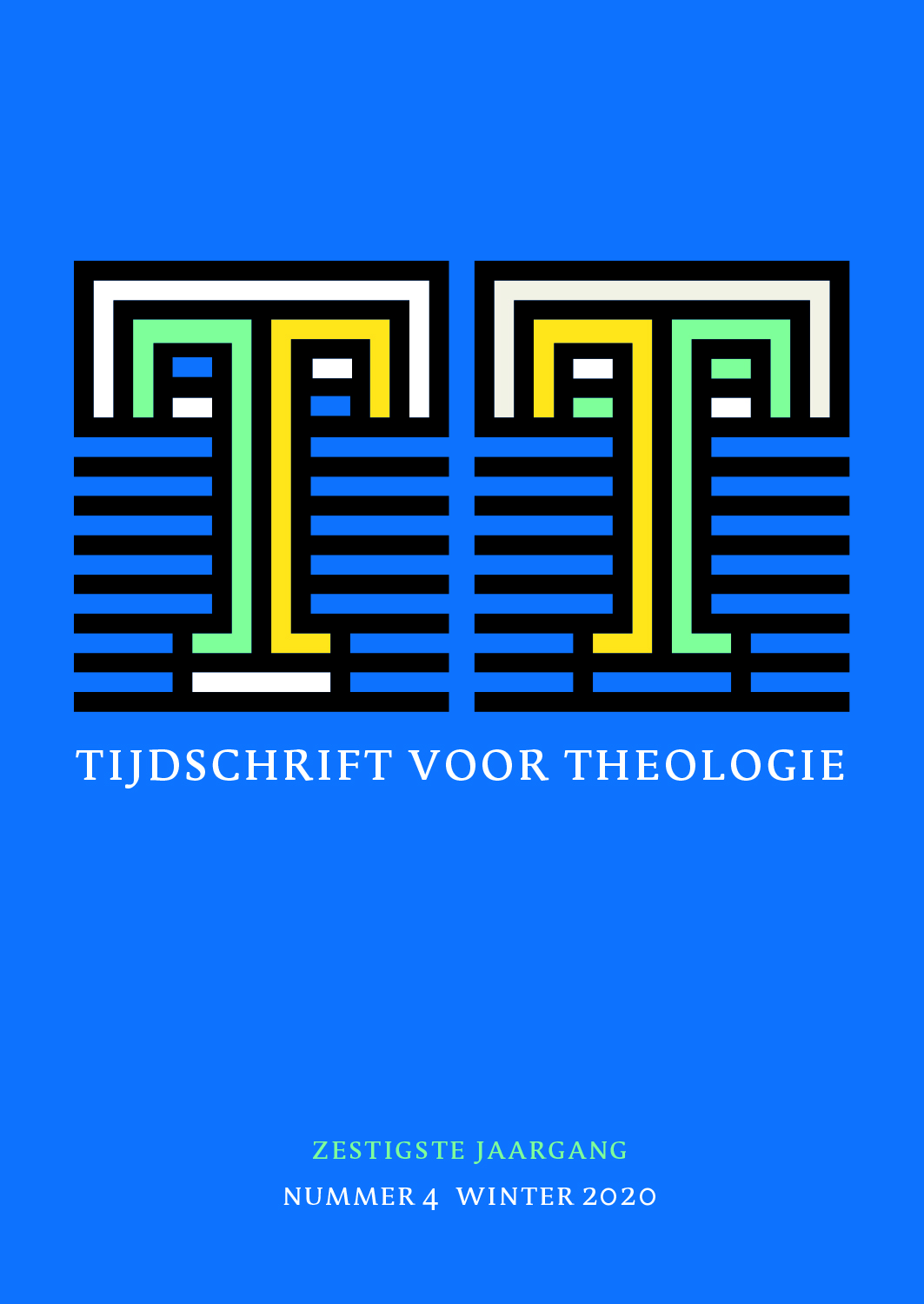 previous article in this issue previous article in this issue | next article in this issue  |

Preview first page |
Document Details : Title: Vijftig jaar Humanae vitae Subtitle: De lange weg van het Tweede Vaticaans Concilie naar Amoris laetitia Author(s): KNIEPS-PORT LE ROI, Thomas Journal: Tijdschrift voor Theologie Volume: 58 Issue: 3 Date: 2018 Pages: 219-238 DOI: 10.2143/TVT.58.3.3285188 Abstract : On occasion of the fiftieth anniversary of pope Paul vi’s encyclical Humanae vitae (HV), this article puts the vision set out in the document on the ‘proper ways of birth control’ within the broader context of the renewed theology of marriage as it first appeared from the pastoral constitution of the Second Vatican Council Gaudium et spes and found its most recent doctrinal expression in pope Francis’s post-synodal exhortation Amoris laetitia (AL). Its main proposition is that the general non-reception of the encyclical has caused an impasse within the church that sees doctrinal authority imposing a doctrine on the faithful as if it was an authentic and unchanging expression of the church’s faith, while at the same time this is not at all accepted as part of the faith and the experiences of churchgoers. In an attempt to find a way out of this impasse, this article proposes to reopen the thorny dossier on HV and to re-examine the encyclical’s genesis and its central theological-ethical argumentation in the light of the proceedings at the council and the council’s ideas about marriage and family. A first step looks at the genesis of HV and shows how pope Paul VI allowed himself to be influenced by a small group of advisors who were opposed to the idea of marriage as delineated and accepted by the council fathers. A second step shows that, as a result, the argument developed in HV is dangerously close to the pre-conciliary theology of marriage. This leads to the conclusion that HV did little more than simply restating the doctrine of the church on birth control at that time and missed out on a chance to adapt it to the theological standards that were meanwhile developed by the council, and to the new understanding of human sexuality, developed by the life sciences and from the daily life of couples. Finally, the article compares the central argument of HV to pope Francis’s vision on birth control, set out in AL. This shows that AL does not consider the openness of marital love to the child to be a moral imperative for husband and wife, but rather a matter-of-fact description of an intrinsic qualification of any authentic communion of love, conserving the principle of reproduction both in the case of infertile and contraceptive sexual intercourse. In doing so, AL disconnects the choice of methods for birth control from the theology of marriage, instead entrusting this to the consciences of husband and wife. The result is a more consistent adoption and development of the council’s impulses towards an (inter)personal idea of marriage than in HV and post-conciliar theology and conjugal ethics. |
|


